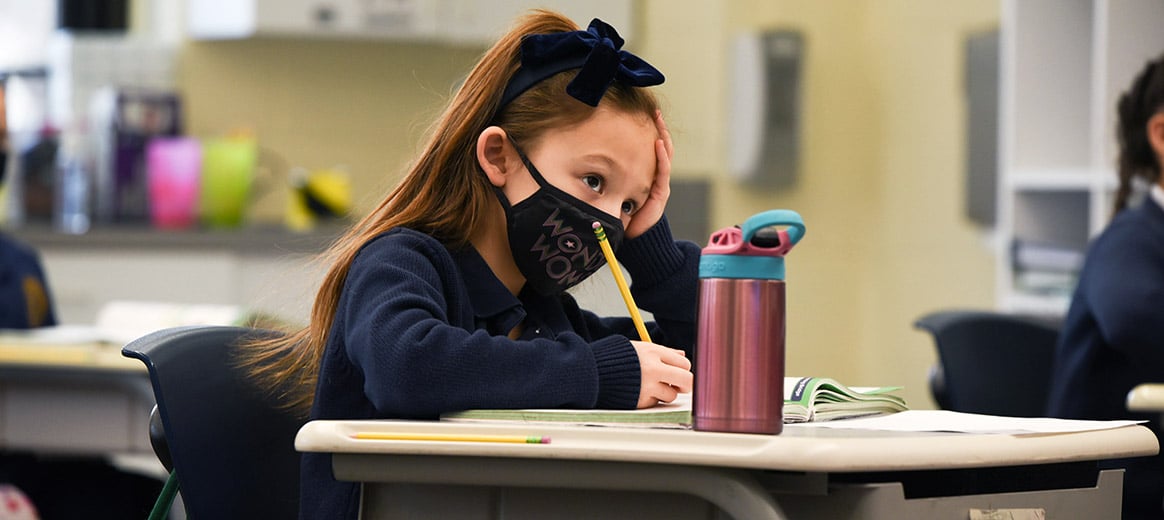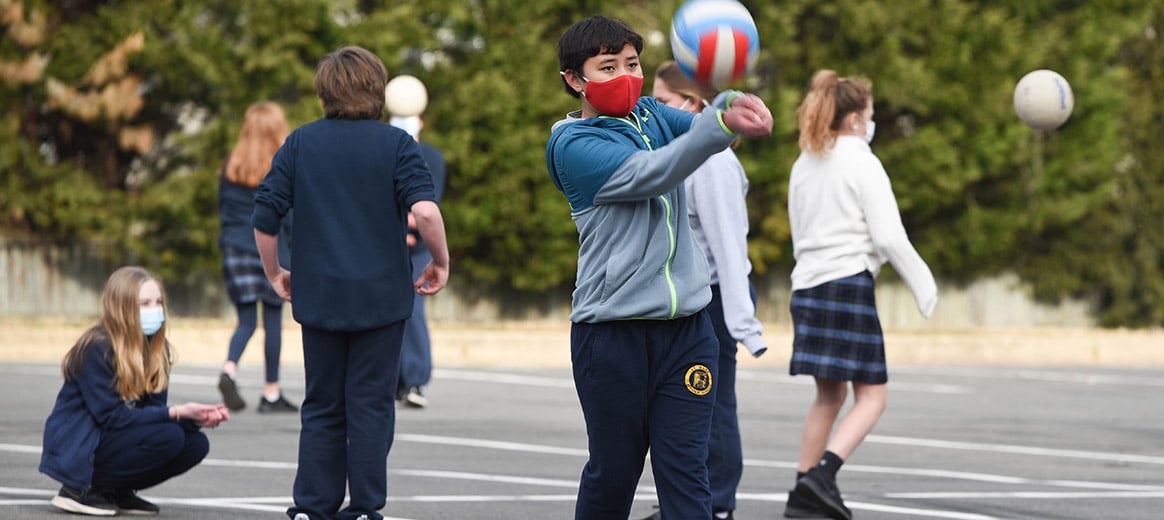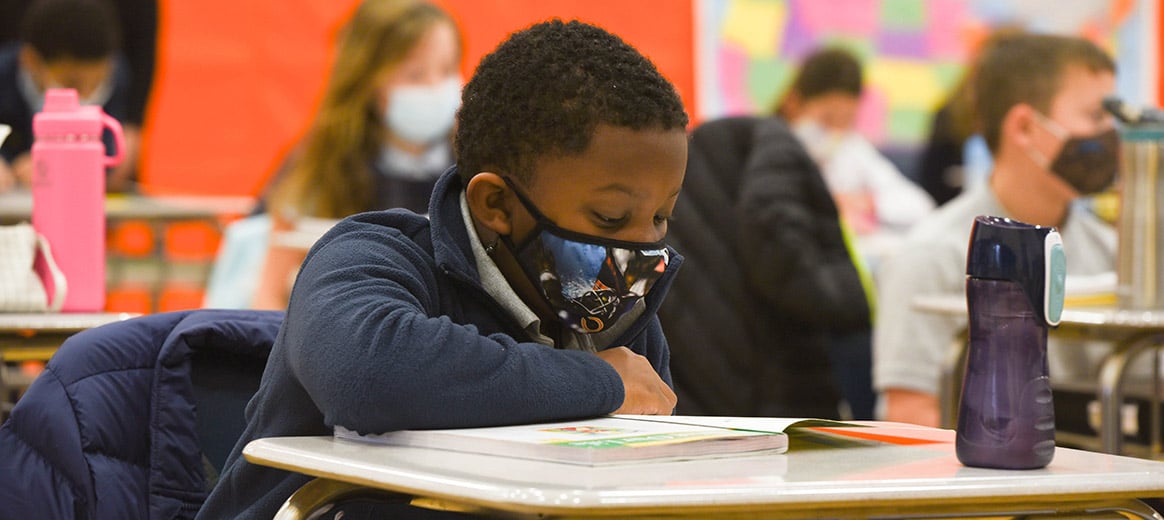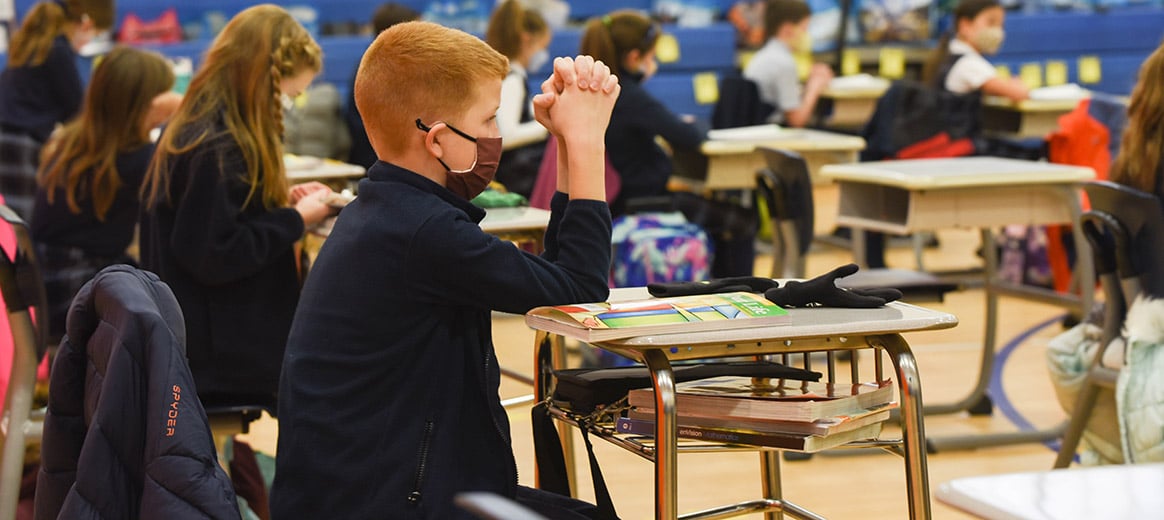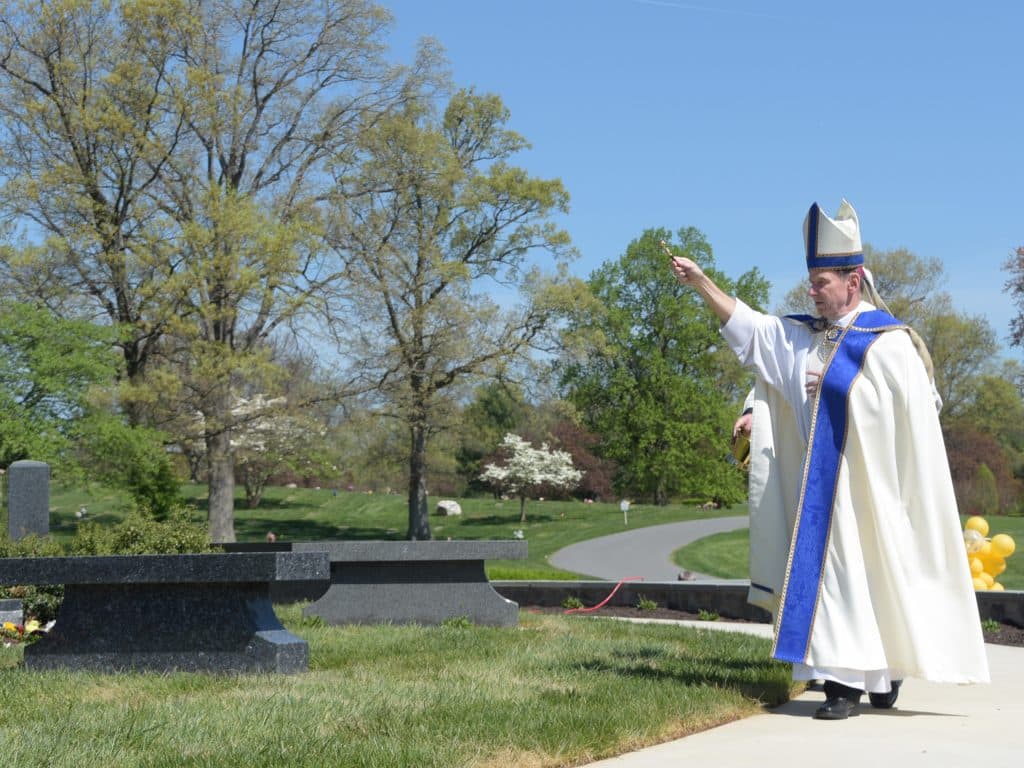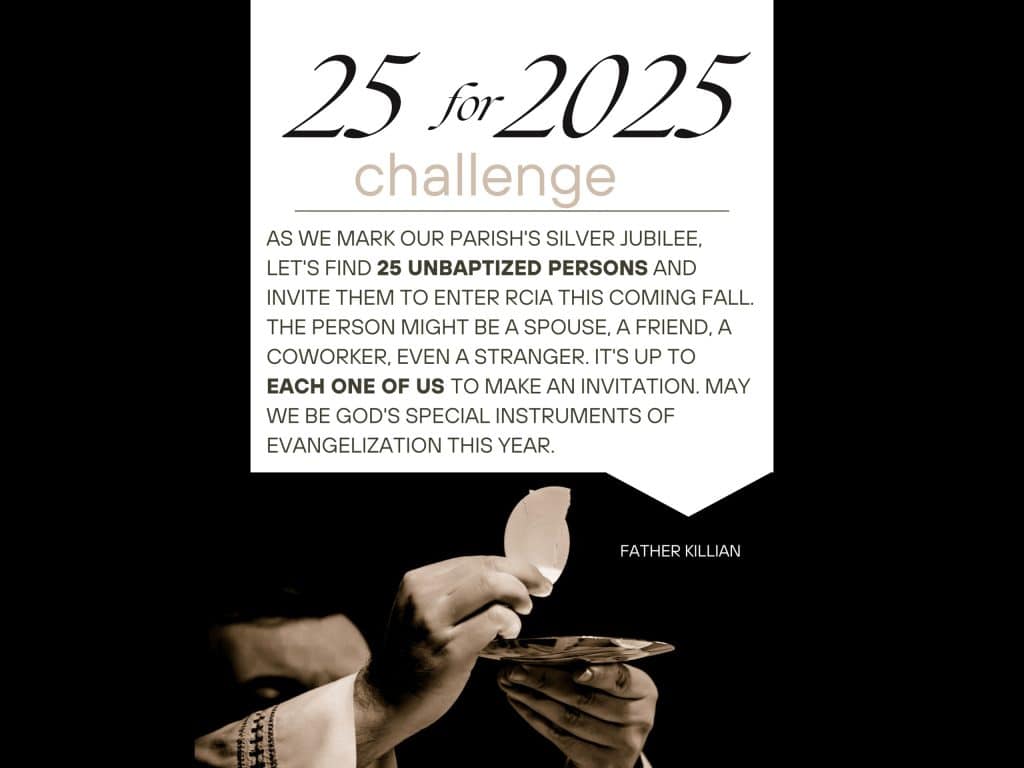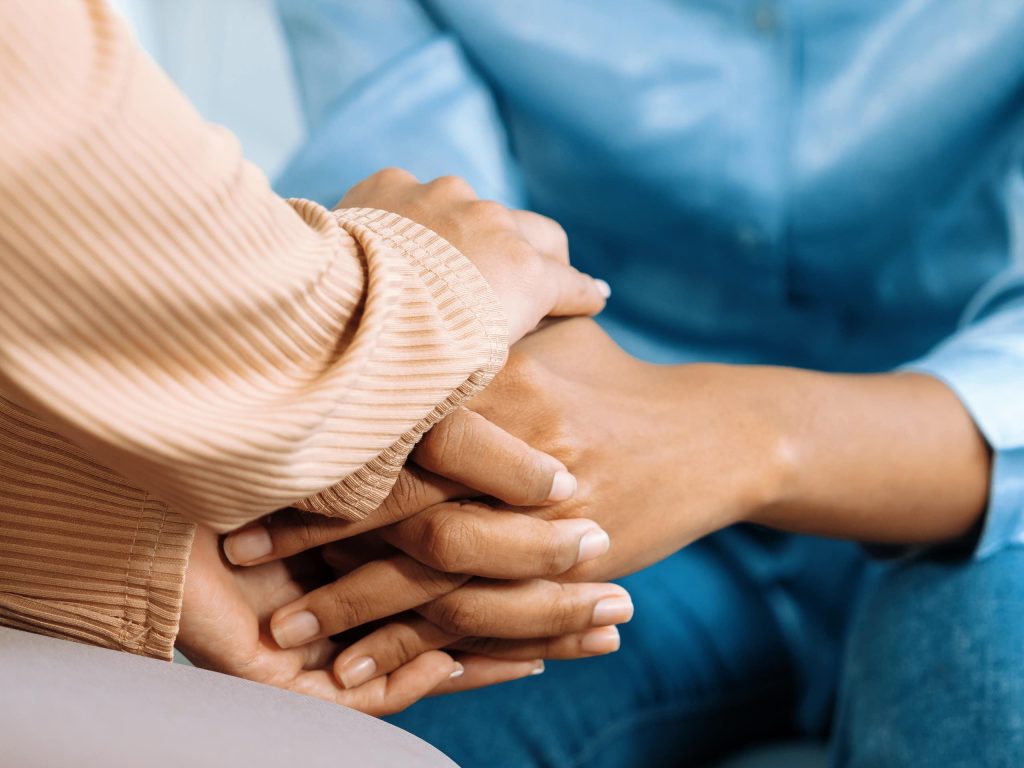The biggest triumph was getting through the door. From the start
of the 2020-21 school year, Catholic schools throughout the Arlington diocese
were able to offer in-person learning to students, as well as online schooling.
But that feat didn’t come without challenges, many of them ongoing. Still,
there are glimmers of hope that things are slowly returning to normal.
With encouragement from Bishop Michael F. Burbidge, diocesan
school leaders in consultation with their communities made individualized plans
for how best to return students to classrooms. Partly in thanks to those
protocols, on the whole, few people have contracted COVID-19 this school year,
said Joseph Vorbach, diocesan superintendent of schools.
“Of the 16,700 students (in the diocese), the number of positive
cases is very low, and that’s really a tribute to all involved, because
families have to be part of making this work,” he said. “Across the board, what
I’ve heard is that the student compliance with the protocols has been really
strong, (because) they want to be in school with their friends.”
At the start of the school year there were no cases, but by the
end of October it began to pick up, said Vorbach. By the close of 2020, “75
percent of our schools had had to work through a case of COVID-19,” he said.
How those incidents impacted the larger school community varied based on
recommendations from public health authorities, said Vorbach. “Sometimes it
was, quarantine the fifth grade. Or it might just be that these couple of kids
need to quarantine.” Eventually, in some cases whole schools shifted to online
distance learning for a week or two.
Even without positive cases, schools have had a lot on their
plates. They had to purchase sanitation equipment and new technology. Though
interest in Catholic education was high, due in part to social distancing space
limitations, some schools were unable to accept new students. Vorbach said
there are about 200 fewer children enrolled in diocesan schools this year. And
in terms of education, testing is still inconclusive as to whether or not
students’ learning has been negatively impacted by the pandemic.
The statewide limitations on large gatherings made dances,
concerts, plays and packed stadiums a thing of yesteryear. But clubs found ways
to adapt and sports are slowly returning. Some high school athletes who play
winter sports are able to practice with their teammates. Some are competing
against other schools sans spectators. Schools in the Washington Catholic
Athletic Conference — Bishop O’Connell High School in Arlington, Bishop Ireton
High School in Alexandria and St. Paul VI Catholic High School in Chantilly —
committed to a set schedule. Fall sport athletes, including football players,
will make up their season in some form during March and April. Spring sporting
activities will be held April through June.
Another sign of hope is the coronavirus vaccine, which has been
available to school nurses for several weeks and more recently to teachers.
Many educators already have received their first dose or have appointments to
get vaccinated.
Last fall, the diocese created St. Isidore of Seville Diocesan
Virtual School for families who wanted a fully online learning experience
during the pandemic. But the diocese plans to continue the virtual school past
the pandemic. Though some of St. Isidore’s 150 students may return to their
parish schools next year, the Office of Catholic Schools sees a future for
online learning. “We intend to run it next year and going forward. We think it
can fill a niche in the ecosystem of Catholic education in the diocese,” said
Vorbach. “It’s been a nice success story.”
Looking back at the last few months, Vorbach is thankful for what
school leaders have been able to accomplish for their students. “I’m grateful
for Bishop Burbidge’s support of the schools, for the leadership the principals
have exercised at the local level with the help of their pastors. I’m grateful
for the can-do spirit that has permeated every aspect of problem-solving during
this time,” he said. “(Educators) figured out ways to make things work at the
schools. They can be really proud of what they’ve done.”
